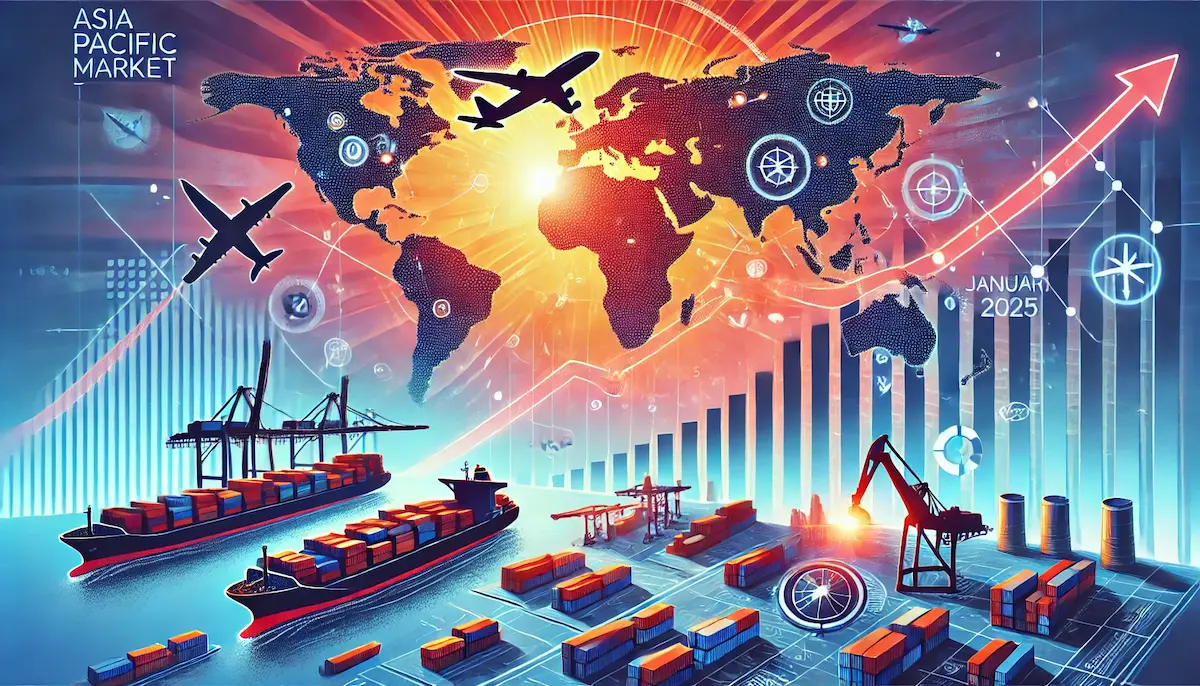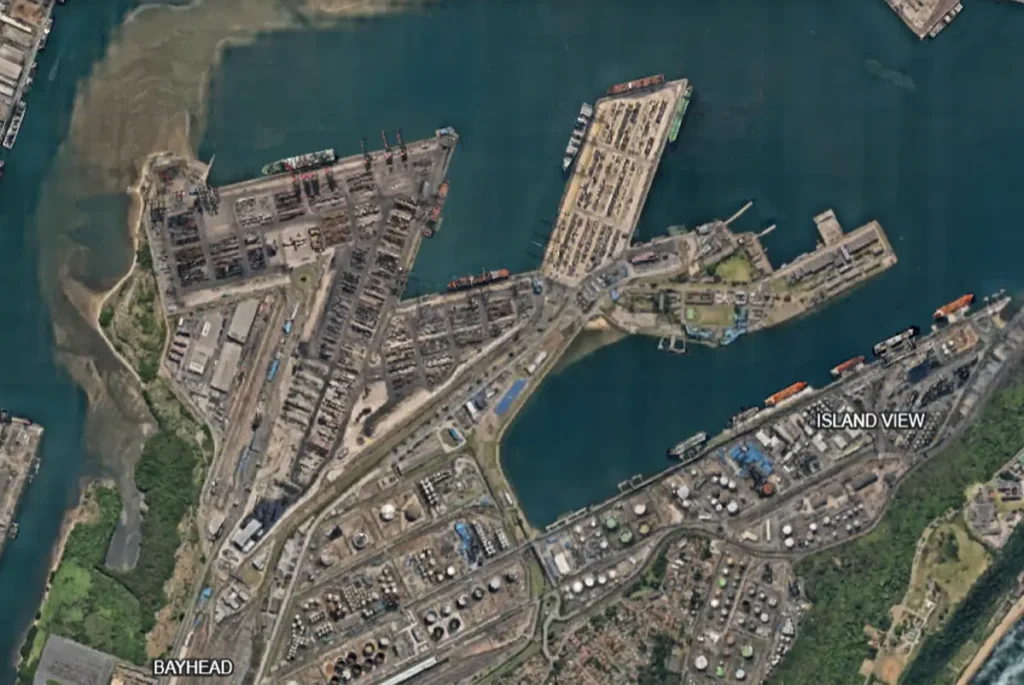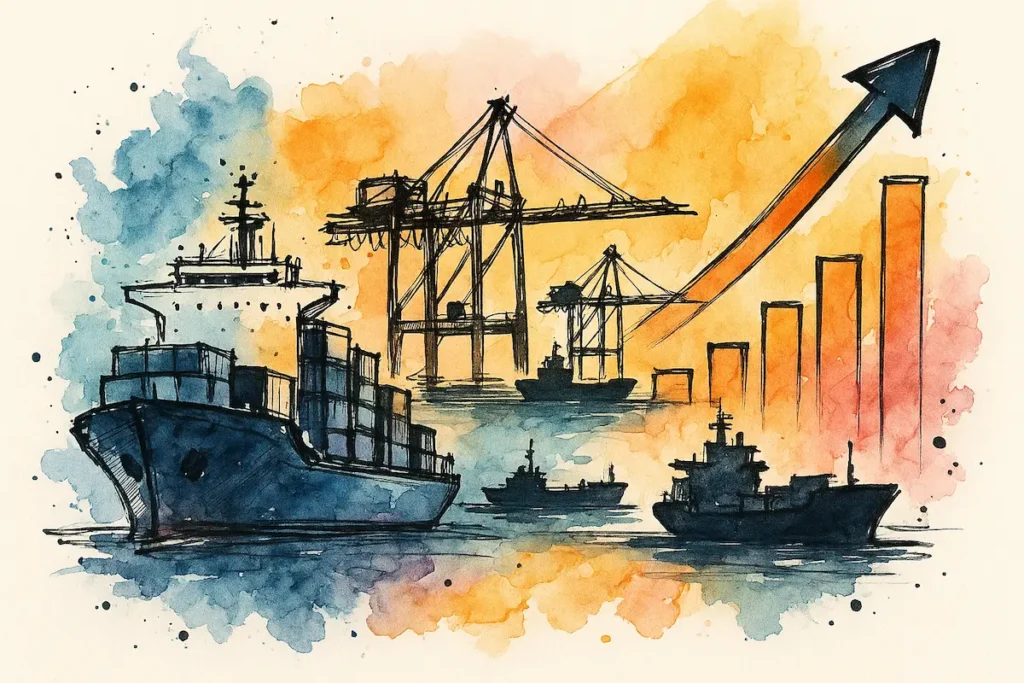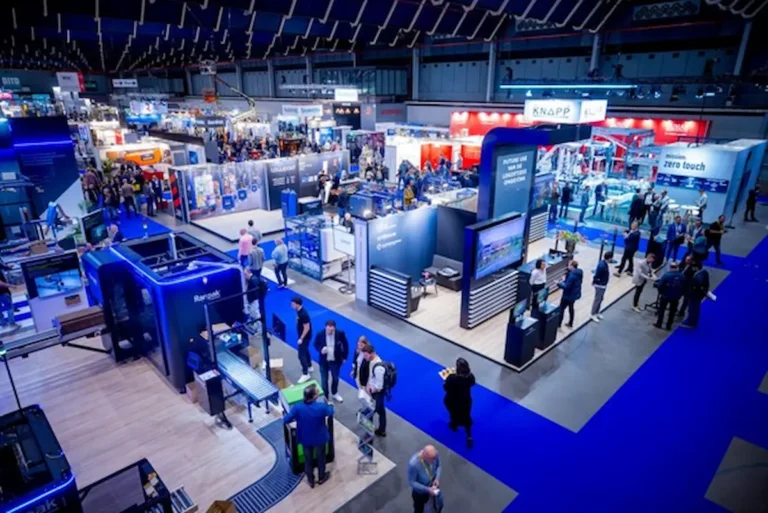As the global trade environment becomes increasingly unpredictable, the logistics and freight sectors are under growing pressure to remain agile and informed. Dimerco’s Asia Pacific Freight Report – August 2025 provides timely intelligence to help supply chain professionals navigate this period of volatility with greater confidence.
While global manufacturing shows modest recovery—driven in part by U.S. inventory build-ups ahead of tariff enforcement—the broader picture remains uneven.
Purchasing Managers’ Index (PMI) data across Asia reveals varied momentum: India continues to lead with strong industrial output, while key markets such as Taiwan, South Korea, and Vietnam show contraction or stagnation.
These variances carry implications for capacity availability, transit times, and regional sourcing strategies.
On the air freight front, uncertainties surrounding final U.S. tariff announcements have led to reactive shipping schedules, particularly from hubs like Singapore, Taiwan, and Southern China.
– Advertise here –
Compounded by peak typhoon season in parts of Asia, air cargo operations face additional disruptions, placing increased importance on proactive booking and contingency planning.
The ocean freight segment remains equally complex. Carriers are responding to softened demand by introducing blank sailings, especially on Asia–U.S. routes.
While some relief was expected following a temporary extension of tariff pauses, the early frontloading of goods has since led to declining volumes and rate instability.
Strategic capacity reductions, such as the 6.2% cut in Asia–U.S. lanes, highlight the extent of the recalibrations underway.
Meanwhile, geopolitical developments continue to impact trade flows significantly. The fragile ceasefire between Israel and Iran offers only temporary respite, while renewed Houthi disruptions in the Red Sea are forcing vessels onto longer, costlier African routes.
Ongoing trade negotiations, particularly those involving Indonesia, the Philippines, and Japan, introduce further complexity around origin-specific tariffs, transshipment scrutiny, and retaliatory duties.
Dimerco’s report also provides detailed lane-specific forecasts and port-level insights across markets including China, Taiwan, South Korea, Vietnam, India, Singapore, and Australia.
These highlight everything from rate pressure in transpacific trades to operational bottlenecks at key hubs like Port Klang, Cat Lai, and Los Angeles.
Whether you are a shipper, freight forwarder, or trade policy analyst, this report is an essential read for anyone seeking to understand:
- How tariff implementation timelines are driving capacity shifts and price volatility
- Which markets are facing congestion, schedule disruptions, or rising fuel surcharges
- Why demand forecasting is becoming increasingly sensitive to political and environmental variables
In a market where conditions are evolving by the week, informed decision-making begins with reliable intelligence. This report will not only inform your next move, it may also help you anticipate what is coming next.
– Advertisement –
Access the full analysis and prepare your business for the months ahead. Download the report here: Dimerco Asia Pacific Freight Report – August 2025.













